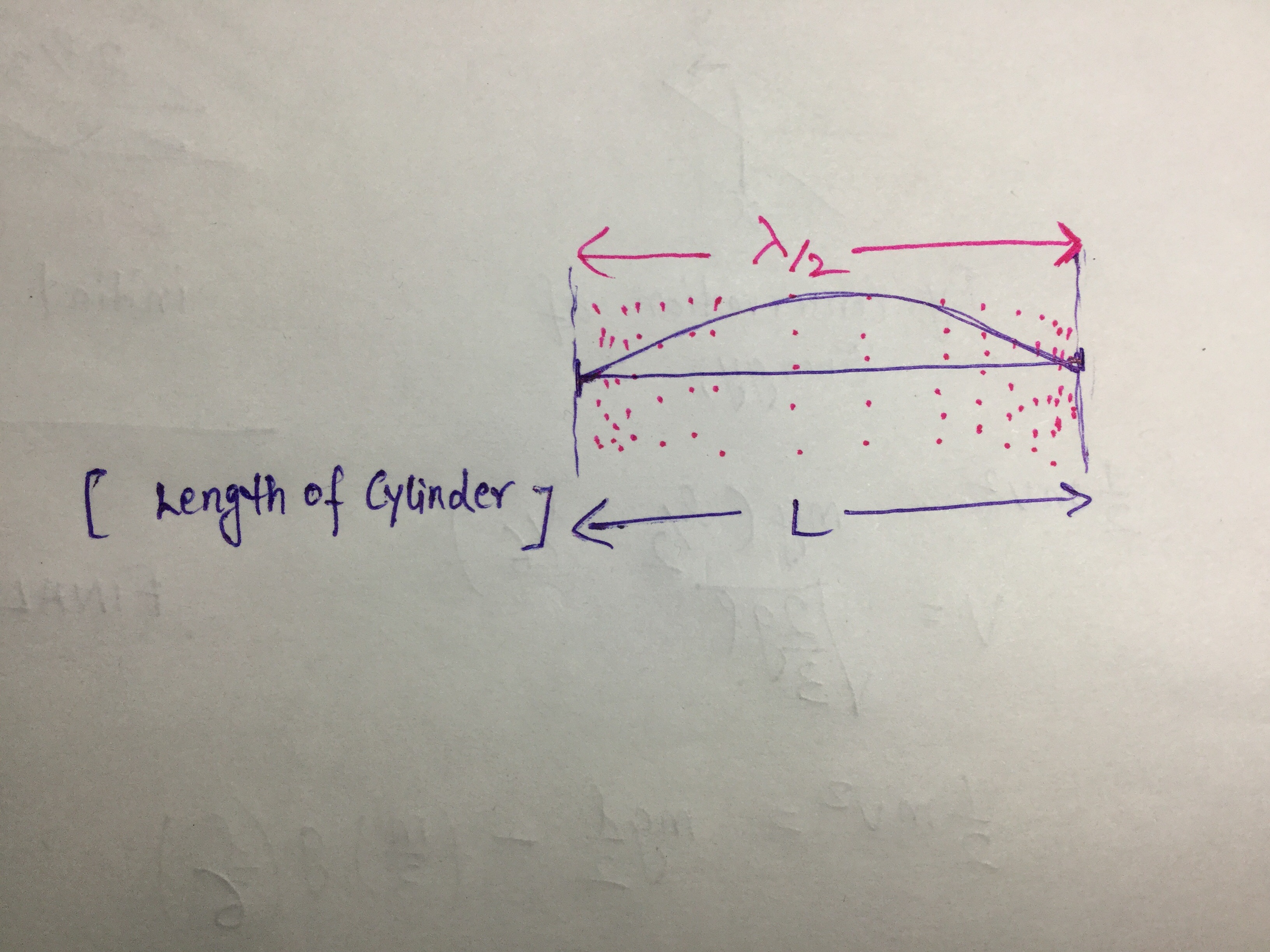I want to calculate the resonant frequencies of a closed cylinder covered with rigid walls. The cylinder is of dimensions: diameter = $1m$, length = $1m$. Would this fundamental mode formula be correct to use in this case:
$$f = \frac{v_{sound}}{2L}$$
I think it is only valid for one-dimensional ducts such that diameter $\ll$ length but I am not sure about this. Could you please help me out with an explanation and how the above formula was derived and in which conditions is it valid to be used?

